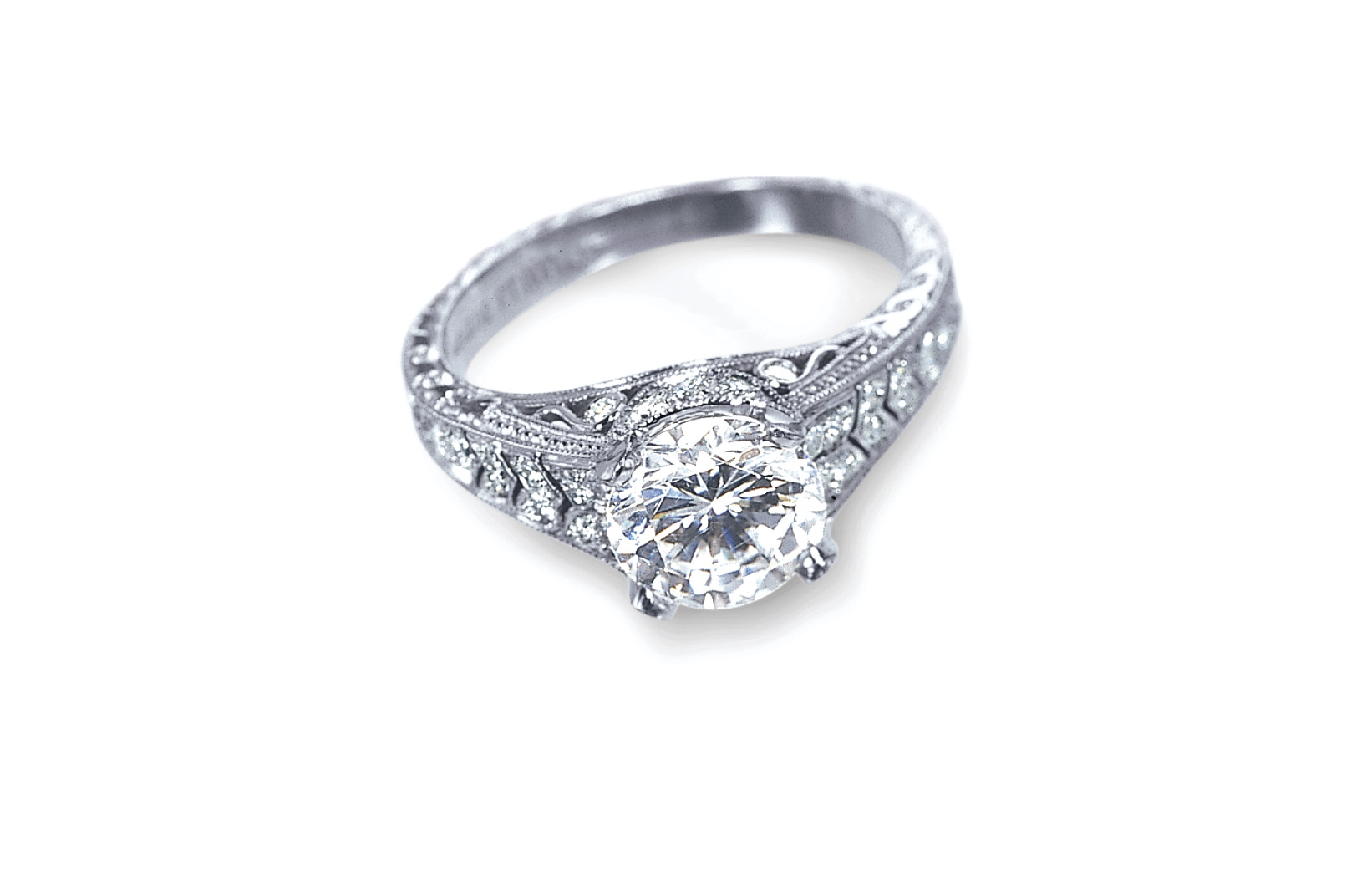Appraisers face the same challenges as their colleagues in retail stores: Most of the time they deal with mounted diamonds. They have to be able to make accurate color and clarity grading calls despite this limitation. Similarly, appraisers can’t weigh mounted diamonds, but they can estimate weights by measuring dimensions and considering proportions. As you’ll learn in Assignment 17, the grade and weight estimations of mounted diamonds always include a statement that they’re as close as possible within the limitations imposed by the mounting.
A piece of diamond jewelry can have different appraised values because there are many different types of appraisals. The most common type is an appraisal for insurance replacement. This contains a description of the jewelry—everything from the Four Cs of the gems to the jewelry’s design to the karat weight of the metal. An insurance company can use the appraisal to replace the item if it’s lost or stolen.
Insurance replacement appraisals include a value for the jewelry item. That value might be quite different from an appraisal done to determine its liquidation value. Liquidation appraisals apply a value to the item for immediate sale.







